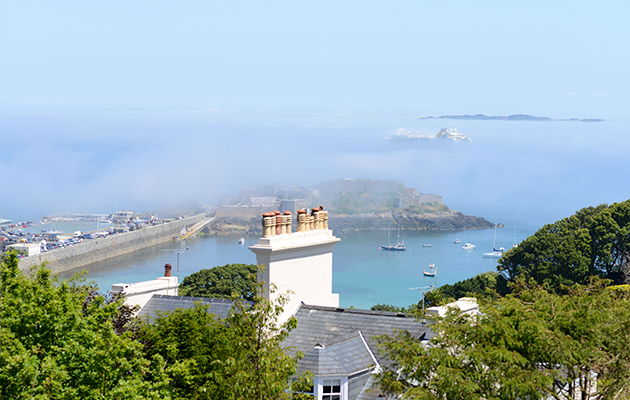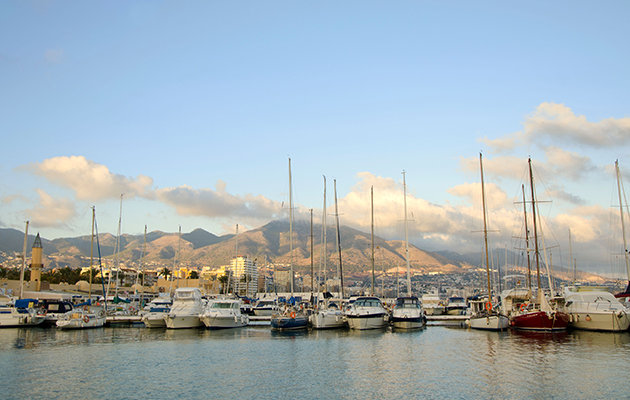James Stevens answers your questions of seamanship - this month, what would you do if you arrived in a harbour with a full gale blowing onshore?
Question
Nick has arranged a weekend cruise with three friends on board Steadfast, his Vancouver 32. Steadfast is long keeled and strongly built for ocean cruising.
On Friday when the crew arrive it is blowing a full gale onshore. Steadfast would be able to cope with that but not the crew, so Nick starts thinking of an alternative to going to sea.
Nick’s home berth is a marina at the mouth of a river.
There is a quay a few miles up the river which is near a village, complete with pub.
It dries out but Steadfast’s long keel should be able to cope with an overnight stop leaning against the wall with all on board.
After a tricky manoeuvre out of the marina they set off up the river on the spring flood with heavy showers. The stream is strong as it is one of the highest tides of the year.
They arrive at the quay at dusk a good two hours before high water, secure alongside and walk a short way to the warmth of the pub.
Nick as skipper is a little anxious about his boat in such wild weather, particularly as the wind is blowing the boat on to the quay and after an hour goes out to check.
Continues below…
If you have radar, would you set sail in fog?
James Stevens answers your questions of seamanship - this month, is radar enough for a foggy Channel crossing?
How would you tackle this windward berth?
James Stevens answers your questions of seamanship - this month, with no working bow thruster what is the best way…
The water has nearly risen over the quay and there is still an hour of flood.
The fenders are now popping out above the quay and the hull is going to be damaged if he doesn’t act fast.
He runs to the pub to fetch an unwilling crew.
As he runs he has to decide what to do. What would you advise?
Answer
It is unrealistic to try and fend a boat off the top of a quay below the waterline even by sacrificing a bunk cushion.
Nick needs to either move the boat or pull it away from the wall.

James Stevens, author of the Yachtmaster Handbook, spent 10 of his 23 years at the RYA as Training Manager and Yachtmaster Chief Examiner
The wind is blowing onshore and with the water level rising above the quay it’s going to be difficult to spring off without damaging the hull.
Also, Nick doesn’t like the idea of motoring down the unlit river in the dark on such a wild night.
The best option is to lay out an anchor in the middle of the river and pull Steadfast away from the wall.
This involves launching the dinghy, putting two crew in and lowering the anchor carefully into the stern with the chain and enough warp to reach well out into the river.
It is much easier to pay out the anchor chain and warp from the dinghy than from the yacht.
Once the dinghy has reached the right spot by oars or outboard, the anchor is dropped and the crew left on board can pull from the side deck and ease the boat away from the quay.
If Nick is worried about the anchor dragging he can release Steadfast from the quay, anchor in the middle of the river and return when the tide has dropped to a safe level.
In the rain it’s going to sober them up pretty quickly.






